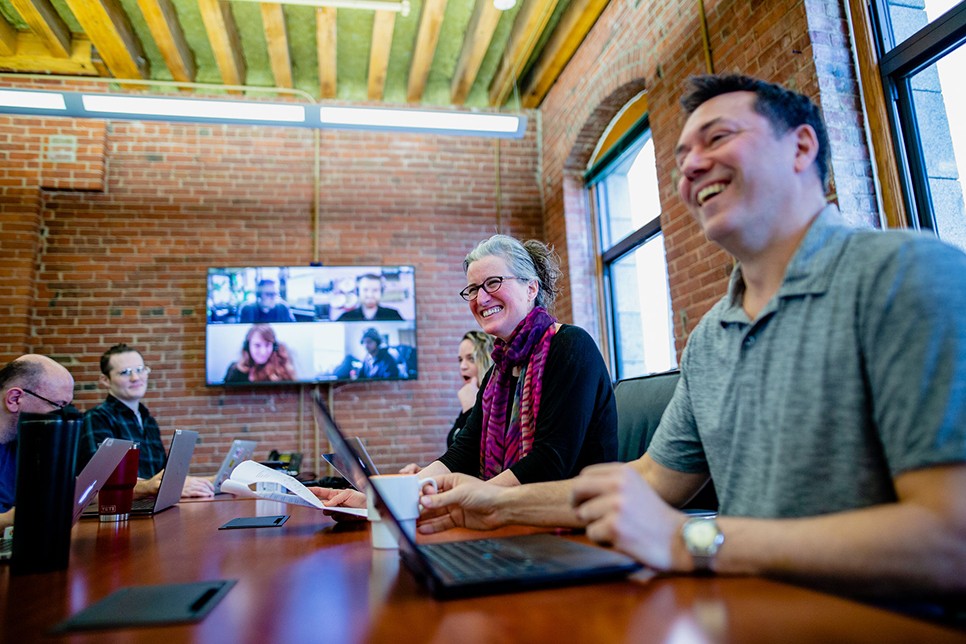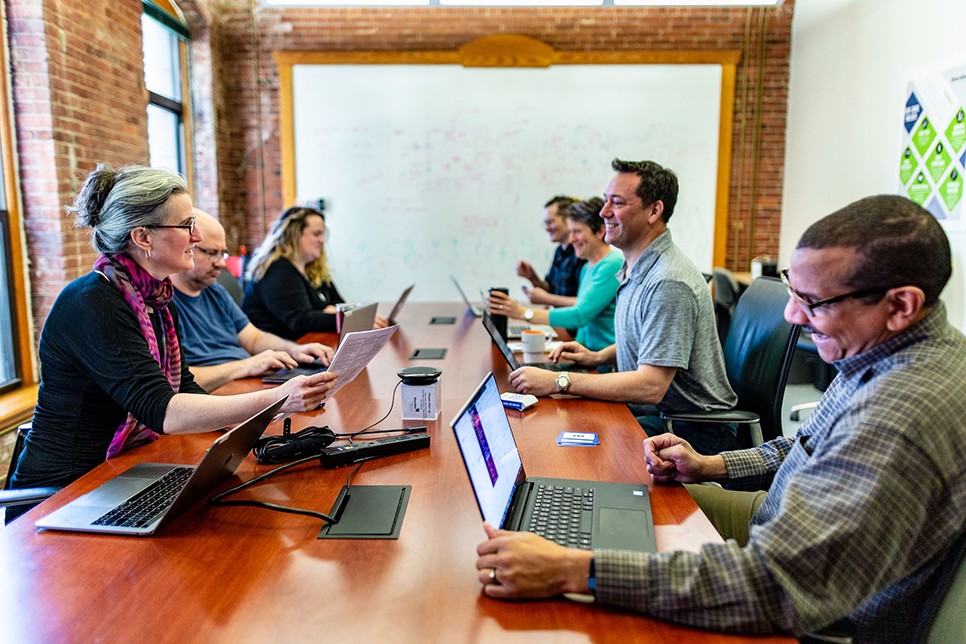No matter what you are reading, watching, or listening to, everyone today is talking about ChatGPT and how it can help our daily lives and, perhaps, even our work.
The United Nations Sustainable Development Goals (SDGs) have undoubtedly been among the hottest topics on the scholarly publishing agenda since we’ve come out of the pandemic.
Despite the economic turmoil, war in Ukraine and climate change, our publishing partners and customers could look back on the past year confidently, stepping off the roller coaster ride of the pandemic to enjoy some sense of stability.
There is no question that technology, particularly in the last two years, has played a large role in the field of education. With remote learning, students and educators were required to become not only familiar but fluent in EdTech.
The global publishing industry has always had a conflicted relationship with the environment.
“If it doesn’t come bursting out of you in spite of everything, don’t do it,” wrote Charles Bukowski in his poem “So you want to be a writer?” Being an author isn’t easy.
The spring semester has started and students are back to the classroom. And with this return to the classroom comes some of the debate over the physical and the virtual that has been brewing recently: in-person versus remote classes, print books versus ebooks, and the effectiveness of using Open Educational Resources (OER).
For many of our publishing partners and customers, 2021 was a transient year.
In July we published an article entitled, The Meteoric Rise of Video Content which looked at how different parts of the publishing world were increasingly working with video-based content, particularly in the shorter form.










